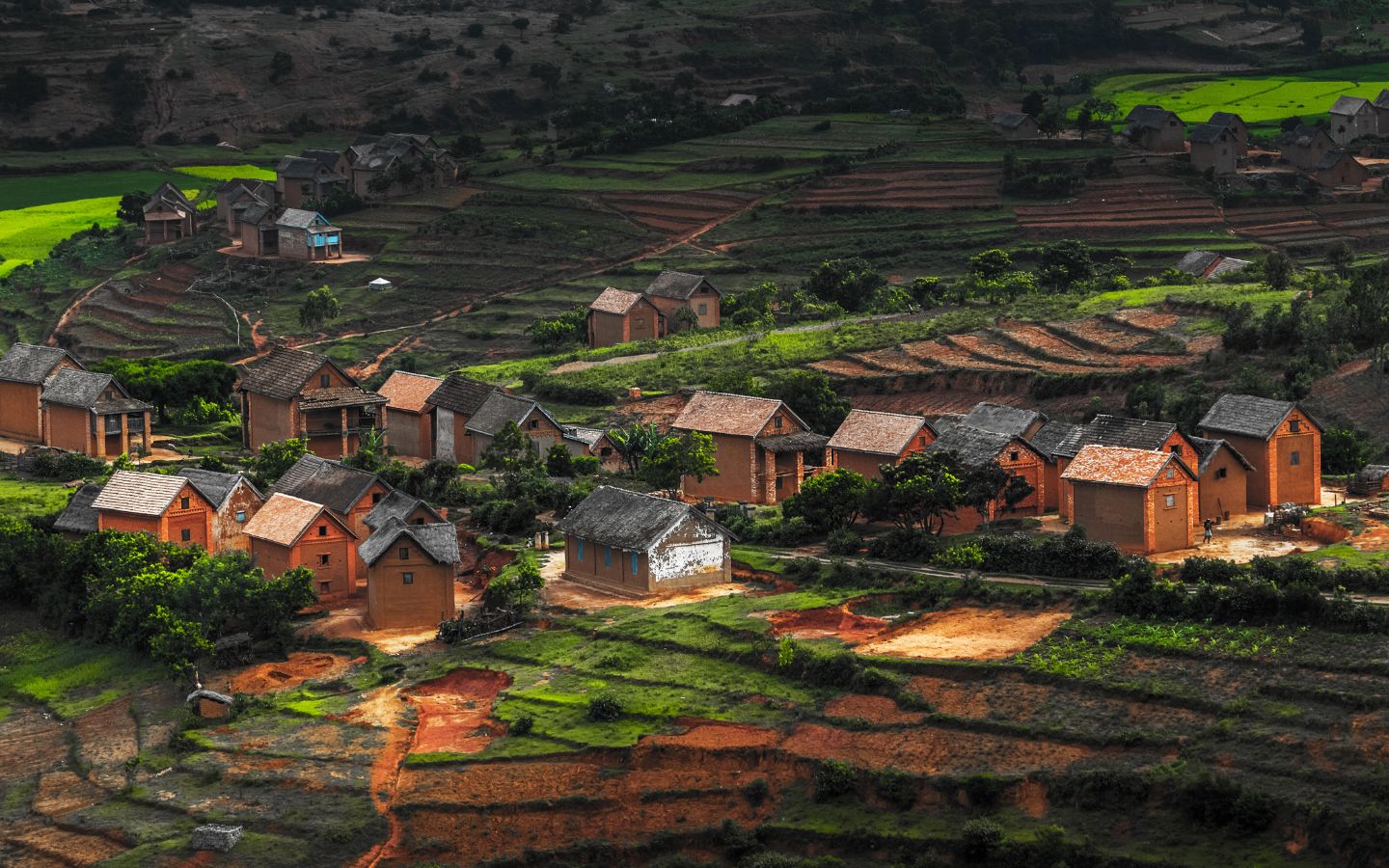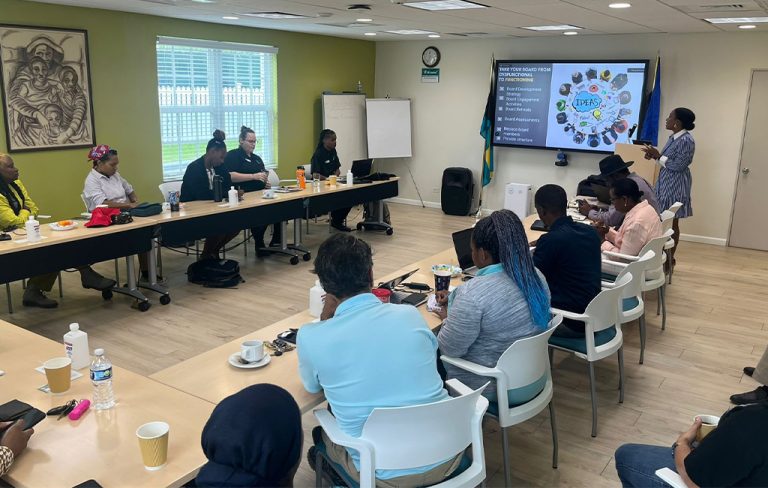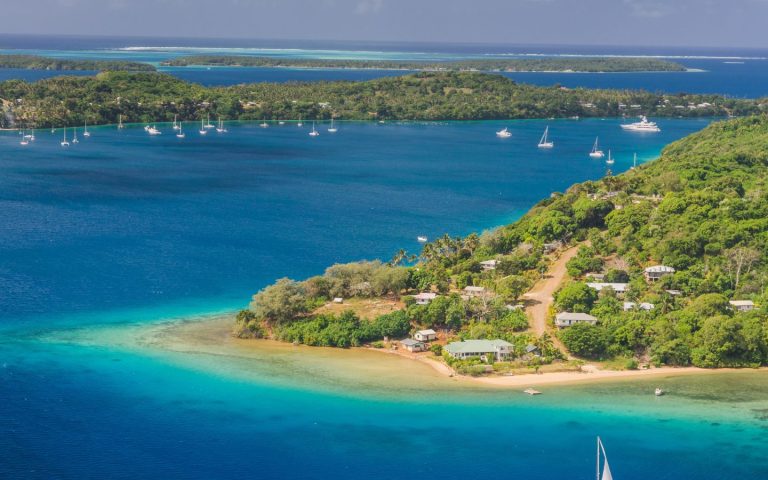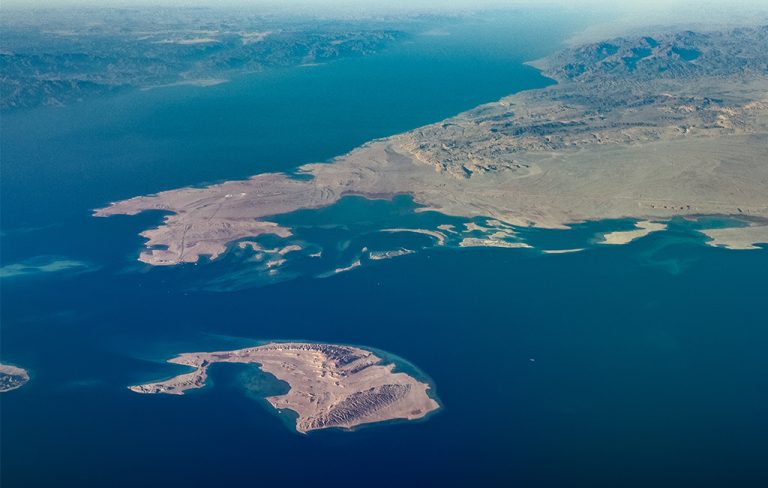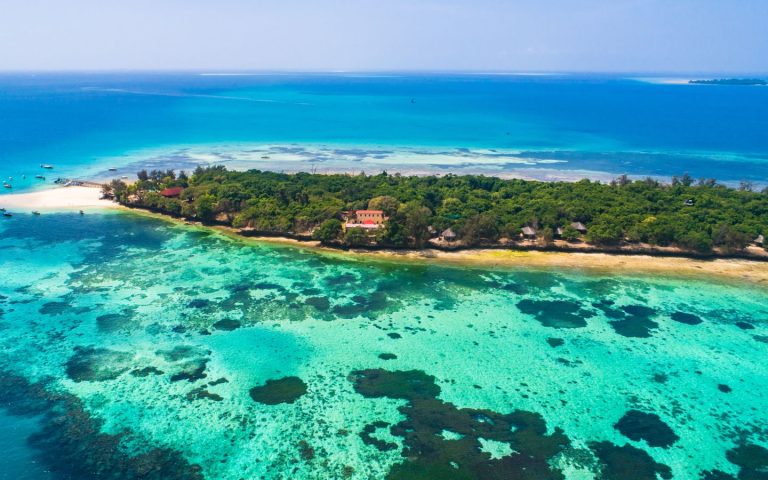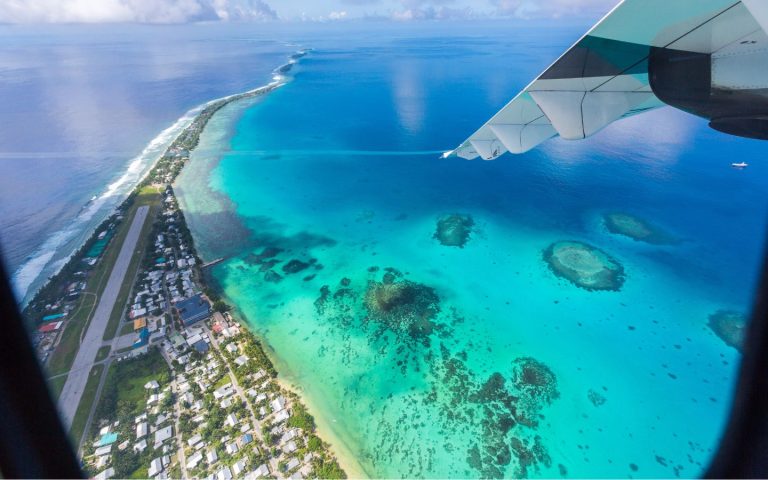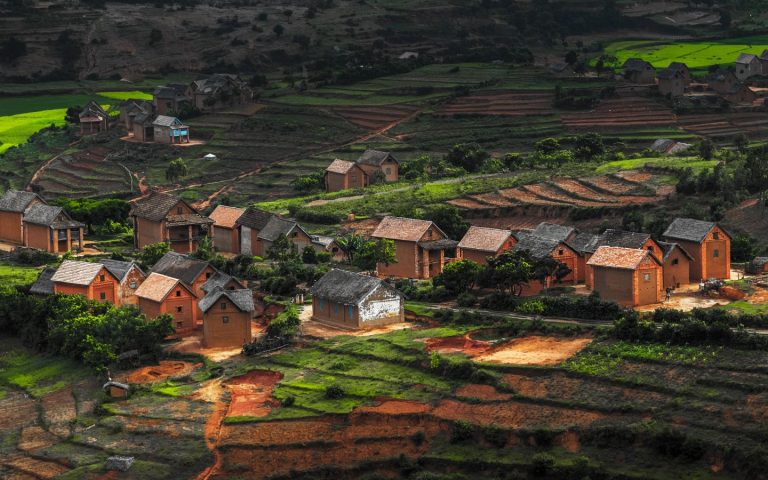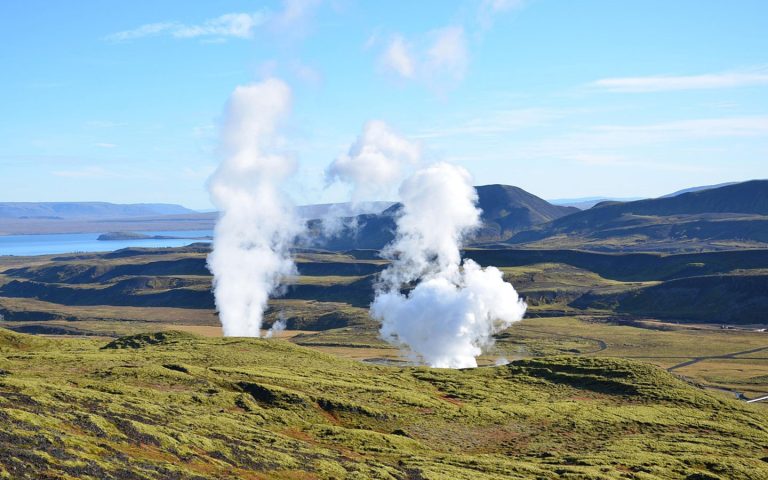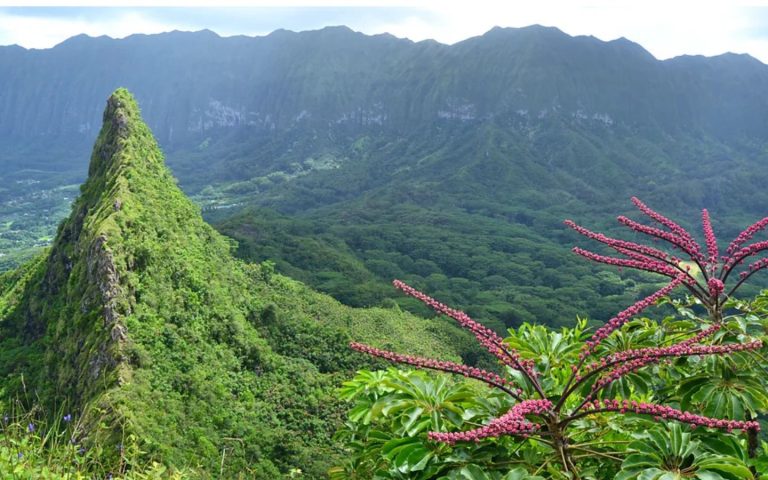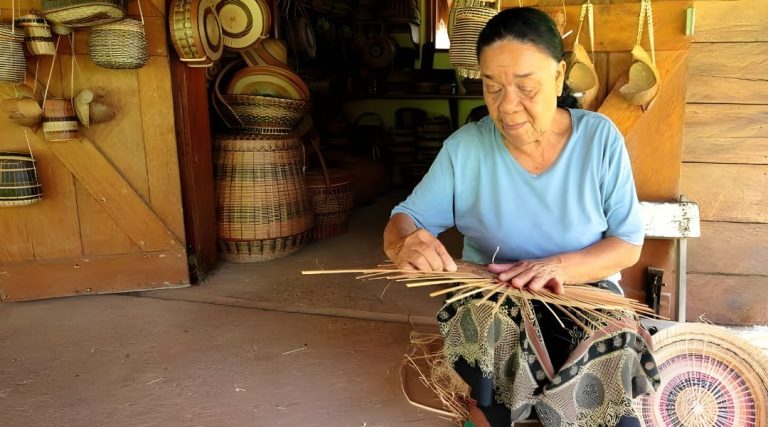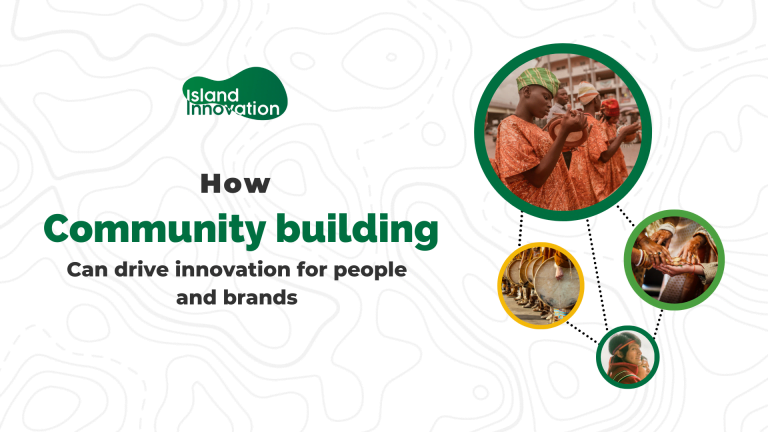Excerpt from wwf.panda.org
In the heart of Madagascar’s Menabe region — a biodiversity hotspot renowned for its sprawling mangroves, rare dry forests, and endemic species — a quiet revolution is unfolding. Here, in the village of Ambakivao, four women are tackling two of the region’s most pressing challenges: energy access and environmental degradation. Known locally as the “solar grandmothers,” Remeza, Kingeline, Yollande, and Hanitra are bringing light to their community, one solar lamp at a time, while also protecting Madagascar’s fragile ecosystems.
Like much of rural Madagascar, where less than 15% of households have access to electricity, Ambakivao has long relied on petroleum lamps to illuminate its homes after dark. These dim, smoky lamps come with a steep cost: respiratory illnesses, fire hazards, and a dependence on expensive, imported fuel. Here, as in so many villages across the country, darkness limits opportunity.
“We had always used petroleum-filled lamps, producing smokes that made our children ill and polluted the air,” Hanitra told WWF.
Today, however, solar lamps are brightening their homes, enabling children to study at night and families to work together in the evening. The transformation has been profound. “With this solar technology, humans are feeling good, and nature also. It doesn’t smoke and doesn’t smell bad,” Hanitra said.

